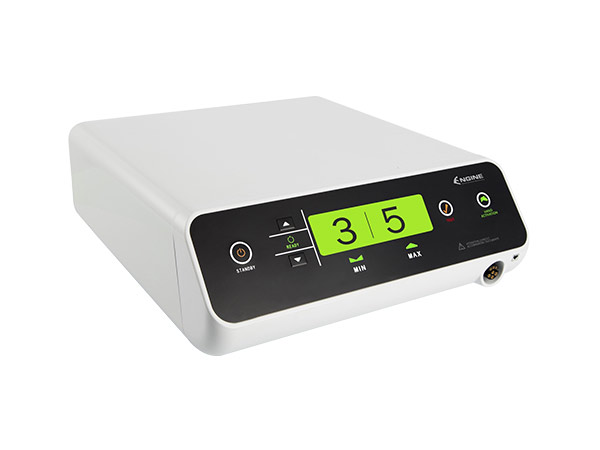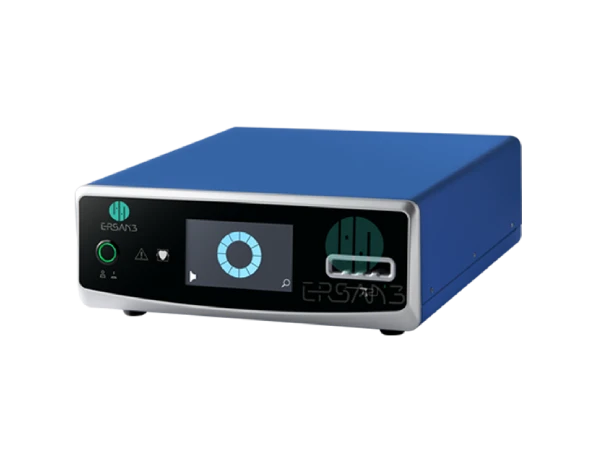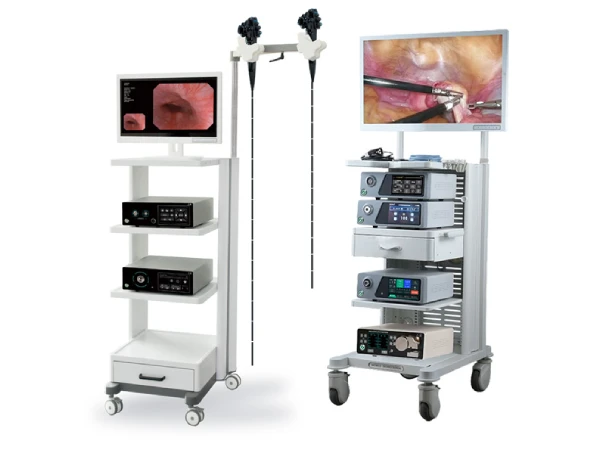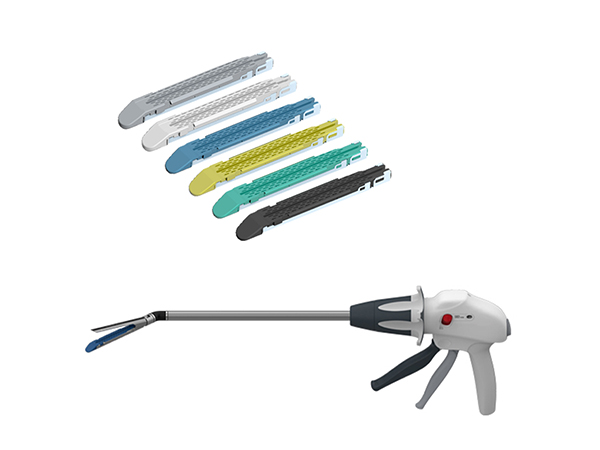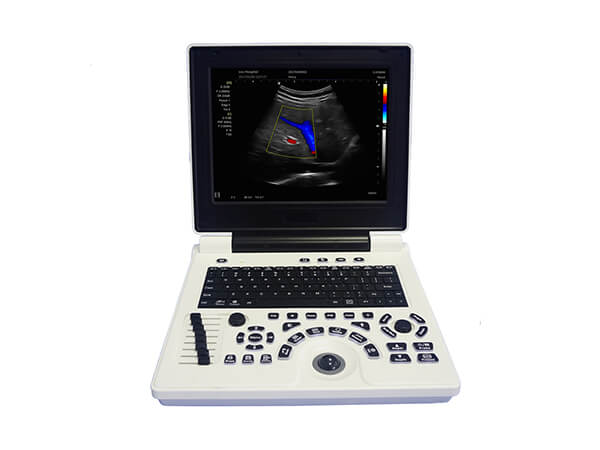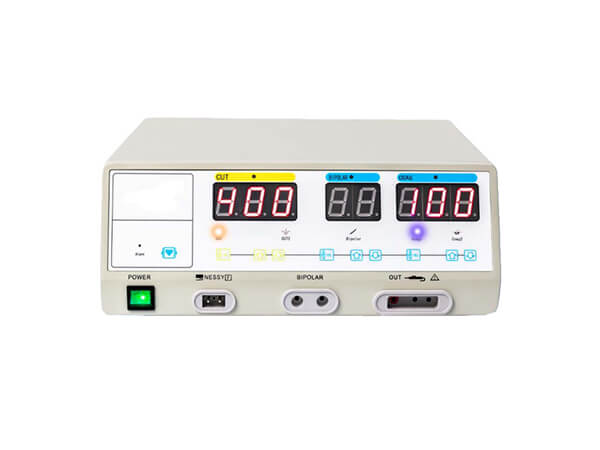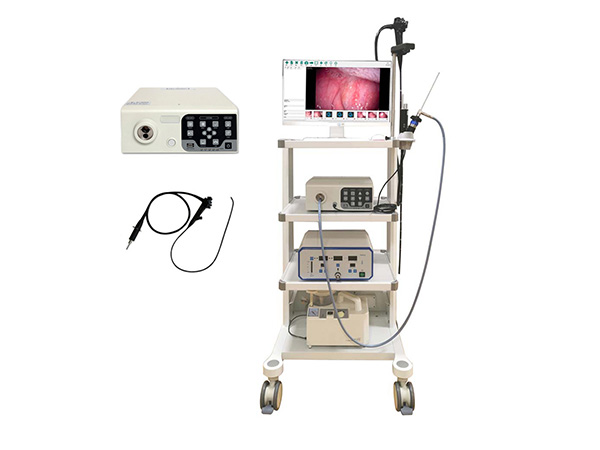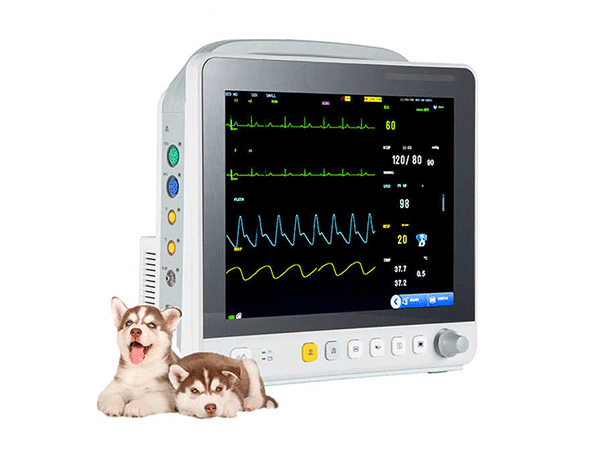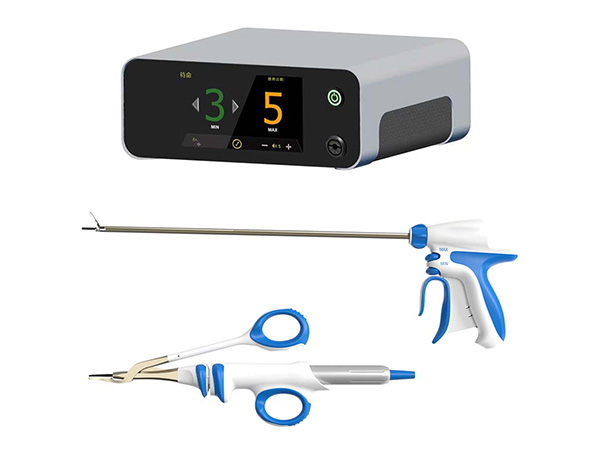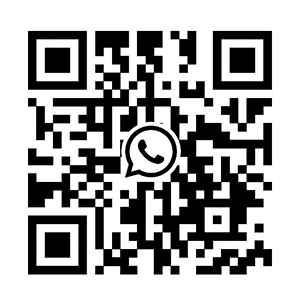A Vital Tool in Lung Disease Diagnosis and Treatment——Bronchoscopy
Bronchoscopy is a crucial medical procedure that allows doctors to examine the lungs and airways. Here's a concise overview of its key features and considerations:
Key Features of Bronchoscopy
Diagnostic Versatility: Bronchoscopy helps diagnose lung conditions like persistent cough, infections, and abnormalities found in chest X-rays. It allows doctors to visualize the airways, collect tissue samples, and identify issues such as tumors or obstructions.
Therapeutic Applications: Beyond diagnosis, bronchoscopy can treat certain conditions. It can be used to remove foreign objects, control bleeding, place stents to keep airways open, and deliver targeted treatments for lung diseases.
Types of Bronchoscopy: The procedure can be performed using a flexible or rigid bronchoscope. Flexible bronchoscopy is more common, especially for diagnostic purposes, as it can be done in outpatient settings with local anesthesia and sedation. Rigid bronchoscopy is typically used in operating rooms under general anesthesia for more complex interventions like removing large foreign bodies or controlling significant bleeding.

Preparation for Bronchoscopy
Fasting: Patients are usually required to fast for several hours before the procedure.
Medication Adjustments: Patients may need to stop taking blood-thinning medications prior to the procedure.
Anesthesia: Local anesthesia is applied to the nose and throat, and sedation is provided to help the patient relax.
Procedure Overview
During the Procedure: The bronchoscope is inserted through the nose or mouth and gently guided into the lungs. The doctor can then visualize the airways on a monitor and perform necessary biopsies or treatments.
Recovery: After the procedure, patients need to rest for a few hours. They should not eat or drink until the numbness in the throat wears off to prevent choking.

Considerations and Risks
Minor Risks: Common side effects include a sore throat, hoarseness, coughing, or mild fever. These are usually temporary and resolve without specific treatment.
Serious Complications: Rare but serious risks include significant bleeding, lung collapse (pneumothorax), or severe respiratory issues. These complications may require hospitalization and further treatment.

Bronchoscopy is an invaluable tool in the diagnosis and treatment of lung diseases. Its ability to provide detailed visual and pathological information makes it a cornerstone of respiratory medicine. By understanding the procedure and its considerations, patients can better prepare and engage in their healthcare journey.

